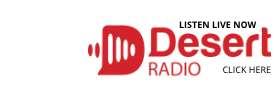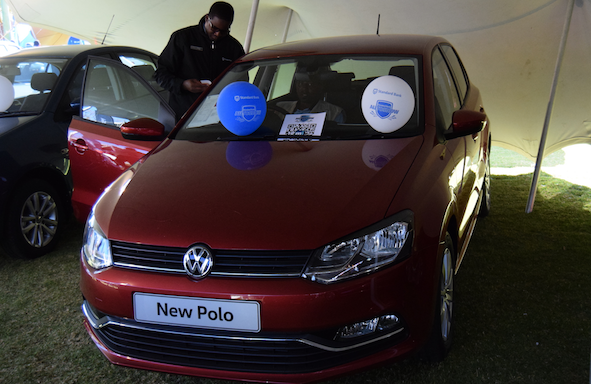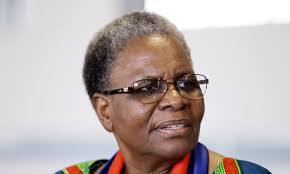THE total number of vehicles sold continues to decline as the number of cars sold in September stands at 1 252 vehicles, which is 8,5% less than the number of vehicles sold in August, and 23,9% down compared to the number of vehicles sold in September 2015.
This follows another monthly decline in August when car sales figures show that a total of 1 369 vehicles were sold, 12,8% less than the number of vehicles sold in July, and 14,1% below the number of vehicles sold in August 2015.
In a report, IJG Securities last week stated that the 12-month cumulative number of vehicles sold has been contracting since December 2015.
“The rate of contraction has been rapid, with this measure of vehicles sold falling 17,9% year on year and 2,1% month on month. The contraction in 12-month cumulative vehicle sales has been led by passenger vehicle sales, which have been slowing at a more rapid rate than the same measure for commercial vehicle sales,” said IJG.
On a monthly basis, total passenger vehicle sales fell 5,2% to 509 in September. Year-to-date, total sales of passenger vehicles declined by 21,6% to 5 571 from 7 199 sold over the same period last year.
Commercial vehicle sales fell 10,7% month on month and 22,8% year on year, while year-to-date figures dropped by 17,4% from 9 069 to 7 487. Light, medium and heavy commercial vehicle sales dropped on a month-on-month basis as well as on a year-to-date basis.
Toyota and Volkswagen dominated the passenger vehicle market yet again, with the two brands claiming 31,2% and 26,7% of market share, respectively.
Toyota was the outright leader in light commercial vehicle sales with 46,9% of the market, followed by Nissan at 17,7%, and Isuzu in third place with 13,9%.
IJG noted that the reason why vehicle sales have been contracting by most measures in 2016 is mainly due to higher interest rates, a slowdown in government spending (on vehicles as well as in general), recent amendments to the Credit Agreement Act, as well as the high base against which these measurements are compared.
“The high base created in 2014 and 2015 was a result of large amounts of government spending and rapid growth in private sector credit extension which drove strong economic growth. The pro-cyclical nature of government’s fiscal and monetary policy has resulted in a slightly overheated Namibian economy, and thus a drop in vehicle sales from the high base set in previous years is to be expected,” reads the report.
Going forward, government spending is expected to be cut further in the next fiscal year as well as a prolonged freeze on new hires by the state.
“Interest rates may rise further due to the aforementioned slowdown in government spending affecting banking sector liquidity as well as the probability of both a South African and Namibian credit ratings downgrade to sub-investment grade. These factors along with a weakening rand are likely to put further pressure on vehicle sales going forward,”said IJG.
Stay informed with The Namibian – your source for credible journalism. Get in-depth reporting and opinions for
only N$85 a month. Invest in journalism, invest in democracy –
Subscribe Now!










